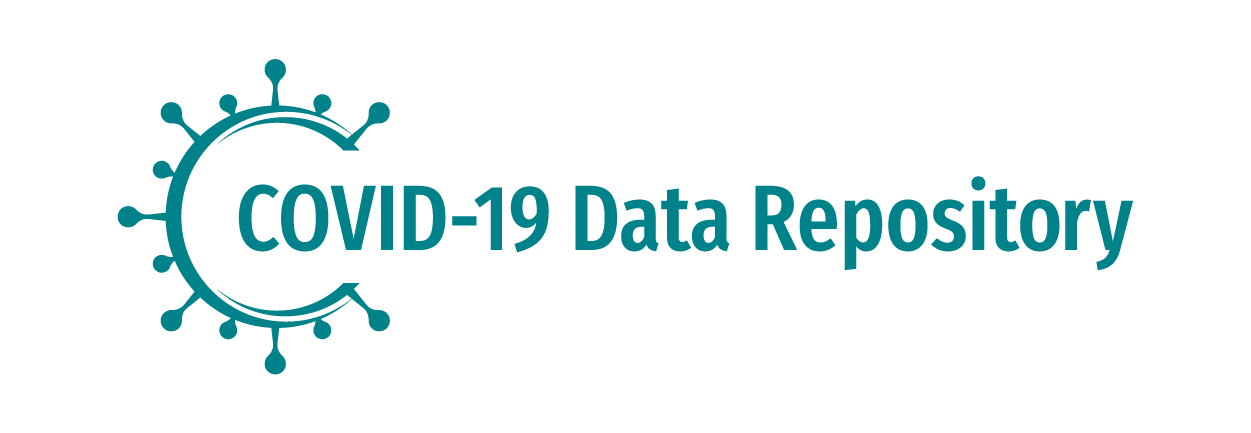The shifting landscape of private healthcare providers before and during the COVID-19 pandemic and the potential impacts on tuberculosis care in Bandung, Indonesia
Principal Investigator(s): View help for Principal Investigator(s) Bachti Alisjahbana, Tuberculosis Working Group, Faculty of Medicine, Universitas Padjadjaran, Bandung, Indonesia
Version: View help for Version V1
| Name | File Type | Size | Last Modified |
|---|---|---|---|
|
|
application/x-rar-compressed | 272.1 KB | 03/14/2024 09:25:PM |
Project Citation:
Alisjahbana, Bachti. The shifting landscape of private healthcare providers before and during the COVID-19 pandemic and the potential impacts on tuberculosis care in Bandung, Indonesia. Ann Arbor, MI: Inter-university Consortium for Political and Social Research [distributor], 2024-03-15. https://doi.org/10.3886/E199007V1
Project Description
Summary:
View help for Summary
COVID-19
pandemic changed many aspects of healthcare services and deliveries, including among
private healthcare providers (i.e., private healthcare facilities [HCFs] and
private practitioners [PPs]). We aimed to compare the spatial distribution of private
providers and describe changes in characteristics and services offered during and
before the COVID-19 pandemic, and explore its potential impact on tuberculosis
care. We conducted a cross-sectional survey in 36 randomly
selected community health centers areas (locally referred to as Puskesmas) in Bandung, Indonesia, during the
COVID-19 pandemic from April – December 2021. Data pertaining to before the COVID-19
pandemic was abstracted from a similar survey conducted in 2017 (i.e., INSTEP
study). We obtained latitude and longitude coordinates
of private healthcare providers and then compared the geographical spread with
data collected for INSTEP study. We also compared characteristics of, and
services provided by private healthcare providers interviewed during the COVID-19
pandemic with those previously interviewed for INSTEP study. Differences were summarized
using descriptive
and bivariate analyses.
During the study period,
we surveyed 367 private HCFs and interviewed 637 PPs. Compared to INSTEP study data,
the number of operating HCFs was reduced by 3% during the COVID-19 pandemic (401
vs. 412 before COVID-19), although we
observed increases in laboratory service (37.8% increase), x-ray service (66.7%
increase), and pharmacy (18.1% increase). Among a subset of private HCFs
managing patients with respiratory tract infection symptoms, a quarter (60/235,
25.3%) indicated that they had to close their facilities in response to the emerging
situation during the COVID-19 pandemic. For PPs, the number of practicing PPs
was reduced by 7% during the COVID-19 pandemic (872 vs. 936 before COVID-19). Interestingly,
the number of practicing PPs encountering patients with TB disease increased during
the COVID-19 pandemic (42.9% vs. 35.7% before COVID-19, p=0.008). This study confirmed that
the COVID-19 pandemic adversely impacted health care service deliveries in private
sectors, largely marked by closures and shortened business hours. However, the
increased service capacities (laboratory and pharmacy), as well as significant
increase in the number of patients cared for TB disease by PPs during the COVID-19
pandemic, made a more compelling case to further the implementation of public-private
mix model for TB care in Indonesia.
Funding Sources:
View help for Funding Sources
Bill and Melinda Gates Foundation (INV-022420)
Scope of Project
Subject Terms:
View help for Subject Terms
COVID-19 pandemic;
tuberculosis;
private healthcare providers
Geographic Coverage:
View help for Geographic Coverage
Bandung, Indonesia
Time Period(s):
View help for Time Period(s)
2021 – 2021
Collection Date(s):
View help for Collection Date(s)
4/2021 – 12/2021
Data Type(s):
View help for Data Type(s)
observational data;
survey data
Methodology
Sampling:
View help for Sampling
We used convenience sampling method to select
individuals working in private healthcare facilities to be surveyed in the
present study. Clinic managers, clinic owners, doctor(s) in charge, general practitioners,
or other clinic staff were eligible to be interviewed for the mapping survey.
For the providers survey, eligible study participants included GPs and
specialists.
Collection Mode(s):
View help for Collection Mode(s)
face-to-face interview;
on-site questionnaire;
paper and pencil interview (PAPI)
Related Publications
Published Versions
Report a Problem
Found a serious problem with the data, such as disclosure risk or copyrighted content? Let us know.
This material is distributed exactly as it arrived from the data depositor. ICPSR has not checked or processed this material. Users should consult the investigator(s) if further information is desired.
